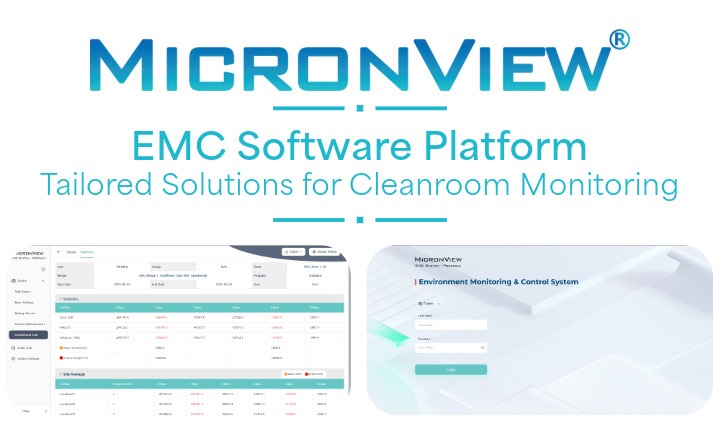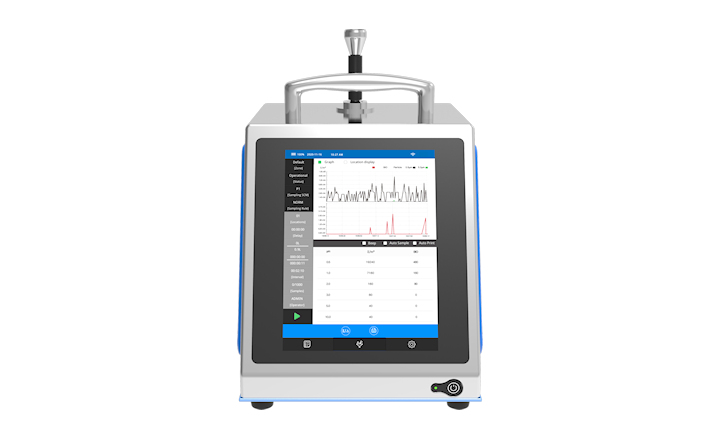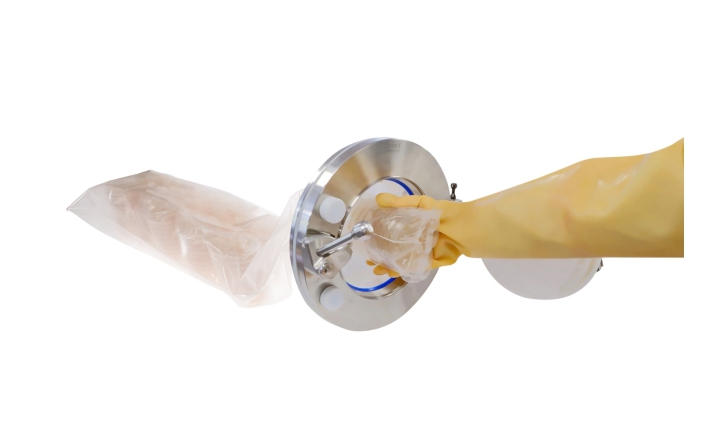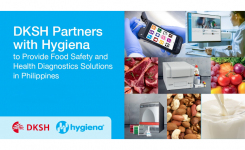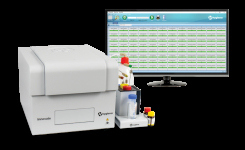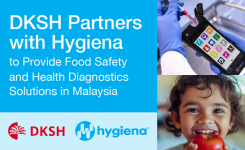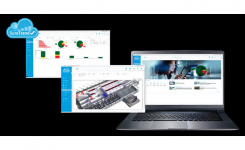When it comes to food safety, prevention is key. This means each food processing facility must have a robust environmental monitoring program, including a streamlined cleaning and sanitizing process. As part of this, microbial detection methods are an absolute requirement to ensure environments are free of potential pathogens. However, testing can be a time-consuming process. As an alternative, new technologies offering immediate measures of cleanliness have been developed. One method, ATP monitoring, has become an accepted standard. Unlike other methods, ATP testing provides results in seconds and is sensitive, quantitative, effective, reliable and straightforward.
Detection of ATP indicates the presence of biological residues, including microorganisms, so it is an excellent measure of cleanliness. Simply put – a failed ATP test indicates that the surface tested does not meet cleaning standards and needs to be recleaned.
The question arises as to how to select the best ATP monitoring system. There are many things to consider; the five most important features are: Sensitivity, Accuracy, Consistency, Precision and Data Conversion between devices.
Regarding sensitivity, it is critical to have a system that detects extremely low levels of ATP. This will ensure detection of potential contaminants, minimizing risk to food products during processing and packaging. Depending on the level of sensitivity needed, Hygiena® systems can detect as little as 1 fmol of ATP using the AOAC-approved UltraSnap® devices. When greater sensitivity is required for high risk operations, the SuperSnap® high-sensitivity surface ATP test provides an additional 5-fold increase in sensitivity. This low level of sensitivity is achievable due to Hygiena’s liquid-stable device chemistry and low background in the absence of ATP.
This low background also contributes to test accuracy. Systems must be able to measure the “true” amount of ATP present. When analyzing replicate samples using ten different concentrations of ATP, the Hygiena luminometers showed excellent linear responses (R2 > 0.98). This high accuracy was also observed when repeating tests on the same sample, showing consistency in results.
Not only did the Hygiena EnSURE® Touch, EnSURE®, and SystemSURE Plus instruments demonstrate high levels of accuracy and consistency, they also exhibited significant levels of precision when compared to other luminometers. This was especially true at pass levels of 10 fmol or less of ATP. In fact, at low ATP levels, the Hygiena luminometers showed high precision with variation of less than 17%, repeatedly delivering the most consistent results closest to the expected value.
Hygiena instruments meet all these requirements and more. As an additional feature, the systems can convert existing data from other instruments to equivalent readings that would be obtained using the Hygiena instruments, allowing easy transition from other brands.
As a bonus, Hygiena systems sync directly to our closed based software system, SureTrend™ Cloud, allowing data storage and providing tools for analysis, trending, and reporting. EnSURE Touch even has a feature to integrate other testing data, including allergen testing.
So how to choose? Look for the instrument that meets all 5 criteria above (and more).
Learn about Hygiena systems here or click on the Request Information button below.




